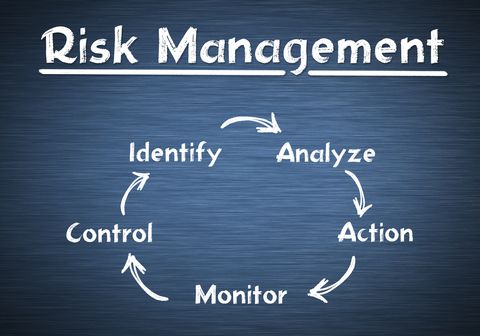There are several general considerations to include in Risk Assessments when planning school excursions. Below are some general key factors.
- The type of activity
- The age/competence/fitness/usual standard of behavior of the students
- Any special educational/medical needs of students
- Adult: student ratios
- The competence/experience/qualifications of the adults
- Modes of transport, journey routes and location(s) of visits
- Emergency procedures
Generic risk assessments should consider the risks inherent in the activities to be undertaken and will involve an examination of issues outlined above, and identifying the precautions necessary to ensure that risks to health are minimized.
Visit/site specific risk assessments
These consider the risks associated with the particular visit/site, and also the particular students you are taking on the excursion.
The Risk Assessment should include:
1.The medical needs of students (e.g.) food allergies – supplies of medication and contingency plans if an adult has to accompany a student to hospital
2.Behavior of students – control measures include a code on rules and behavior
3. Weather conditions – control measures include obtaining local information about tides, potential for flooding and the likelihood of sudden weather changes.
4.The assessment should always have a pre-assessed ‘plan b’ for contingencies. For example, what is the ‘plan b’ if your coach breaks down?
5.It is good practice for an exploratory visit to form part of the visit/site specific risk assessment, which will assist with pre-planning. If this is not possible information/advice could be sought from others involved in previous visits or from reliable local guides.
6. Consider involving students in the planning of the visit or incursion and the risk assessments, so that they are better prepared, will make more informed decisions and be less at risk.
Activities in or near water
Fatalities in educational visits have tended to occur when students are involved in activities in or near water. Government guidance on group safety around water stresses the importance of completing risk assessments which should take account of:
1. The competence of the group leader and the other adults who will be present
2. Adult: student ratios
3. Potential hazards, identified through an exploratory visit if possible, or by obtaining as much information as possible by other means
4. The likelihood of someone falling in the water
5.Underwater hazards (eg. rocks or strong currents)
6.Getting the group in and out of water easily
7. Changes in weather
8.Tidal conditions.
Teachers should also have a range of alternative plans in place if arrangements need to be changed for any reason.
Farm visits
Risks assessments on the taking of students to farms should include hazards associated with E coli 0157 and other infections as well as those arising from the misuse of farm equipment. Precautionary measures include:
- Making sure that students wear appropriate outdoor shoes and clothing
- Covering cuts and grazes on hands with waterproof dressing
- Never allowing students to kiss animals or place their faces against them
- Ensuring that students wash their hands thoroughly before and after eating, after any contact with animals and again before leaving the farm
- Making sure that students do not use or pick up tools (eg. spades and forks) unless permitted to do so by farm staff and that they do not ride on tractors or other machines.
- If a member of the group shows signs of ill health after farm visit, they should consult a doctor as soon as possible and explain that they have been in recent contact with animals.
In Conclusion
Risk assessments for incursions and excursions need to account for the venue, type of activities being undertaken, the transport and the specific group of students. They should be ongoing and dynamic. A reassessment of the risks canbe made while the visit is taking place and as the need arises. Risks may need to be reassessed in the light of changing weather, new safety warnings, illnesses, behavioral problems or emergencies.

